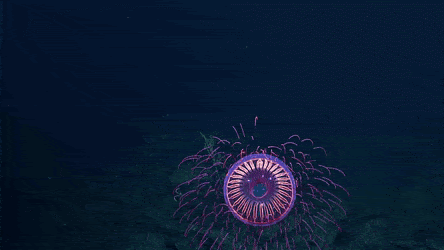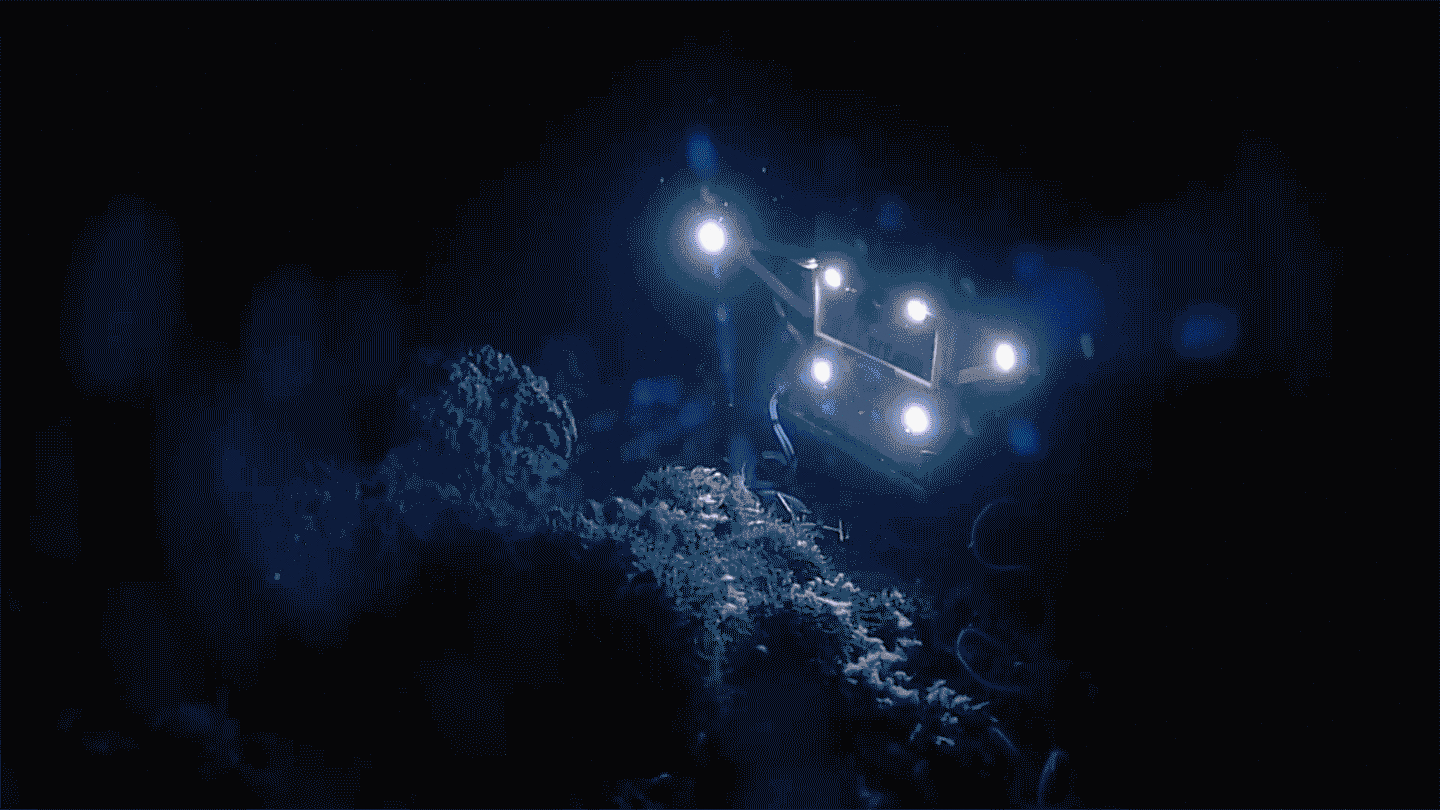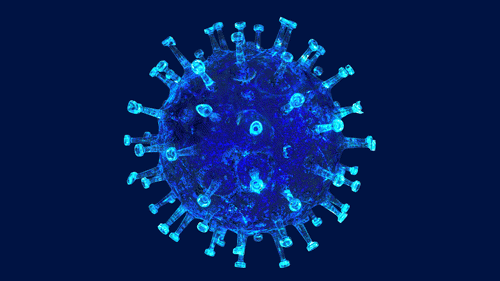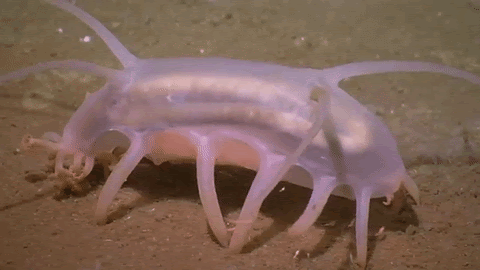Sergio Cambronero-Solano
When you think of the deep sea, what is the first thing that comes to mind? A mysterious domain, dark waters or alien-like critters? But did you know the ocean depths hide precious compounds with immense potential to become new medical advances?
Freezing temperatures, crushing pressures and no sunlight… The deep-sea is not a very friendly environment to live in, but against all odds, life has found a way to thrive. This is the deepest treasure of humanity; the genetic machinery that has given these animals the ability to cope with such extreme conditions. Take coronavirus detection tests, which are possible thanks to the genetic information of bacteria that live in extreme temperature environments called hydrothermal vents.
To aid the development of medicines of the future, the United Nations must secure the integrity of deep-sea ecosystems and their genetic resources before they are irreparably impacted by human activities such as mining.
The deep-sea mining industry is in a race to extract minerals from this uncharted realm, despite calls from scientists for more time to better understand these deep water lifeforms, their environment and their true value: beyond a dollar sign.

The next decade is set to decide the future of our oceans
Minerals are the foundation of seabed habitats. Three main types of deep-sea mineral deposits are being targeted for mining: cobalt-rich crusts usually found on seamounts, seafloor massive sulphides on hydrothermal vents and polymetallic nodules that occur over huge plains in the deep sea. Here you find rare earth metals
and high value minerals that are overgrown by entire biological communities. Thus, mining will come at the expense of deep-sea ecosystems as indicated by experts,who agree on the fact that “mining will completely destroy the [biological] communities in the areas directly mined and over a substantially larger area… and there is no way to eliminate that”.
Half a century ago, when international laws on deep sea minerals were being conceived, we didn’t even know the human genome existed. Now we know how to edit it – which was pure science fiction back in 1982 when the United Nations Law of the Sea (UNCLOS) was ratified to manage the ocean and the Common Heritage of Humankind.
Since then, we have mapped almost 20% of the seafloor, but we still have a long way to go. Many secrets and discoveries lie deep down on the ocean floor.

So when we talk about managing ocean resources we need to be open minded, guided by cutting edge science. It’s not just about protecting ecosystems: new industries can make more profit than mining, and that’s a fact, while not destroying life on the ocean floor.
The number of potential compounds obtained from marine organisms now exceeds 28,000, and hundreds are being discovered every year.
According to the latest Global Marine Biotechnology Industry Report this field will have a global market size of USD 5.4 billion by the year 2027. In March 2020, Report Ocean stated that “the global biotechnology market is estimated to reach USD 741 billion by 2026”, pretty high compared to the forecasted market size for seabed mining, which is estimated in USD 7 billion.Protecting ecosystems is a good in and of itself, but in the long term, preservation of life is also simply more profitable than destruction; just as a sailfish is worth more alive than dead, the marine genetic resources are more valuable than minerals.
One example of these deep resources takes us to the current trending topic: viruses.

Yes you read right: viruses!
The ocean is literally a pool of viral material, where they dominate over other microbes such as bacteria and archaea, thereby significantly influencing the geochemical cycles of our planet.
In fact, there are more viruses in a litre of seawater than humans on Earth and the concentration of these virus-like particles on the seafloor can be three orders of magnitude higher than on seawater. So the deep ocean is not only the greatest carbon sink but also the greatest virus reservoir of the planet.
An exceptional biodiversity exists among all the minerals targeted for mining. Some animals such as isopods, amphipods and snailfish
have developed extraordinary mechanisms to fight viruses of the deep that threaten their health. Take sea cucumbers, the ultimate scavengers of the deep, which have developed a special type of symbiosis called protective symbiosis. Scientists discovered this back in 2017 when they examined the gut of a sea cucumber retrieved from the Mariana Trench. They found evidence of a bacteria that has evolved to live inside the gut of sea cucumbers and in exchange for shelter, the bacteria gives protection against the viruses contained in the sediment that sea cucumbers eat.

Deep sea cucumbers are not your average cucumber
The mechanism these bacteria use to protect their host is based on a set of molecules that search-and-destroy their invading viruses, while keeping a section of the defeated enemy’s genetic code. This is known as CRISPR or genetic scissoring tool, and is being used to treat genetic diseases, fight cancer and also to improve industrial processes. This technology is so innovative and important that it recently received the 2020 chemistry Nobel Prize.
Imagine how many more Nobel Prizes are hidden deep down in the ocean… the research and prospecting of these biotechnological tools is just starting and we can discover many more in the unfathomable wilderness of the deep ocean that can help humanity face current and future challenges
The deep sea could hold the cure for diseases in 20 years, so are governments going to give it away just for some quick profit and piles of destruction?
The decision lies with governments, and with all of us, within all of us. Our carbon-free future should not come at the expense of marine ecosystems. The mandate of the United Nations is to manage these resources for the benefit of humanity. So how do you want it done? It is time to inform ourselves about our Common Heritage
and tell our politicians we want a responsible green transition!
Sergio Cambronero-Solano is a guest author and scientist from Pelagos / Universidad Nacional Costa Rica

No comments:
Post a Comment
Note: Only a member of this blog may post a comment.